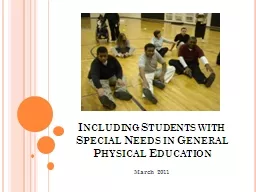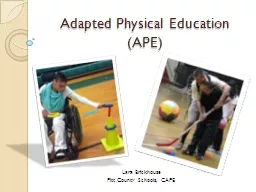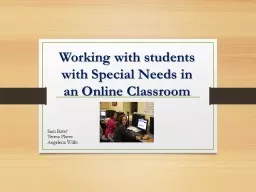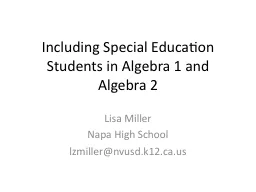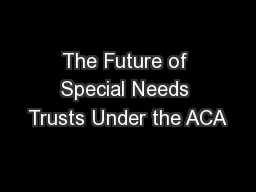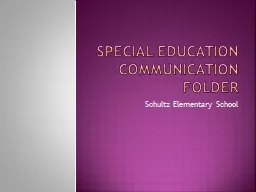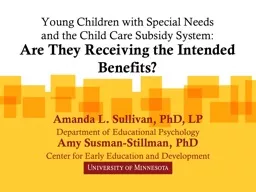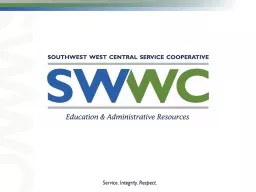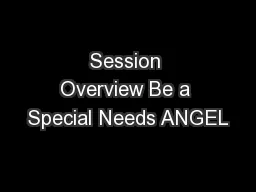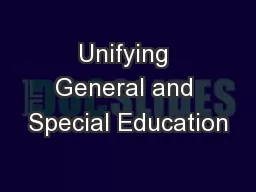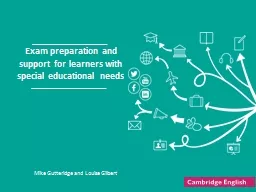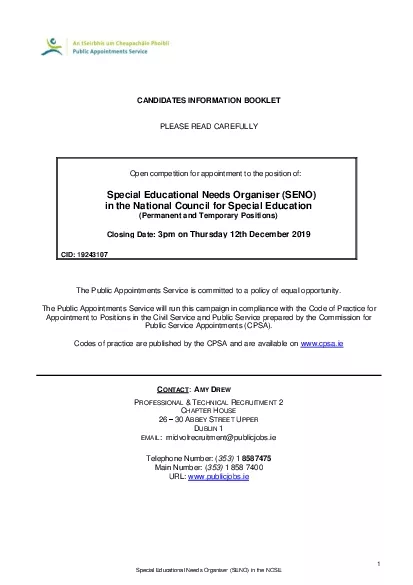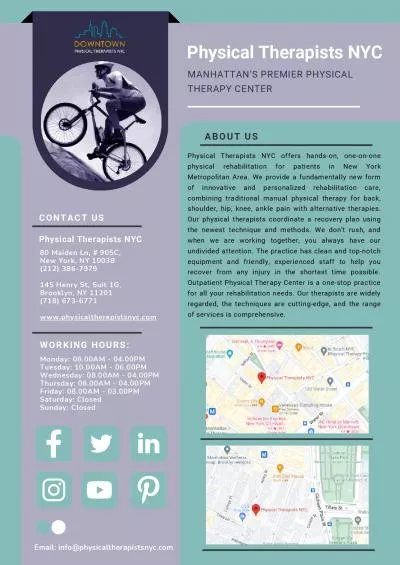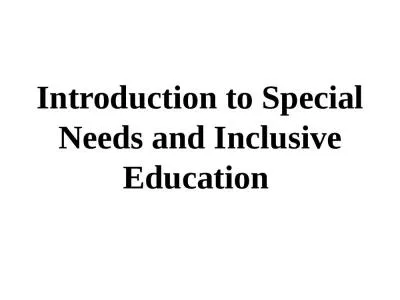PPT-Including Students with Special Needs in General Physical E
Author : cheryl-pisano | Published Date : 2016-05-11
March 2011 First and Foremost The Lingo TerminologyAcronyms ID Severe Intellectually Disabled Severe ID Mod Intellectually Disabled Moderate ID Mild Intellectually
Presentation Embed Code
Download Presentation
Download Presentation The PPT/PDF document "Including Students with Special Needs in..." is the property of its rightful owner. Permission is granted to download and print the materials on this website for personal, non-commercial use only, and to display it on your personal computer provided you do not modify the materials and that you retain all copyright notices contained in the materials. By downloading content from our website, you accept the terms of this agreement.
Including Students with Special Needs in General Physical E: Transcript
Download Rules Of Document
"Including Students with Special Needs in General Physical E"The content belongs to its owner. You may download and print it for personal use, without modification, and keep all copyright notices. By downloading, you agree to these terms.
Related Documents

